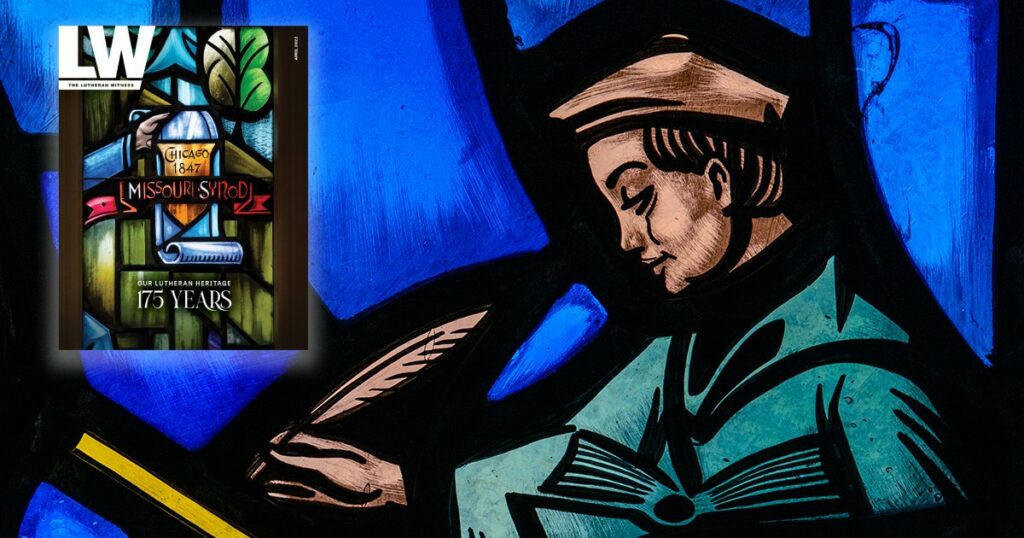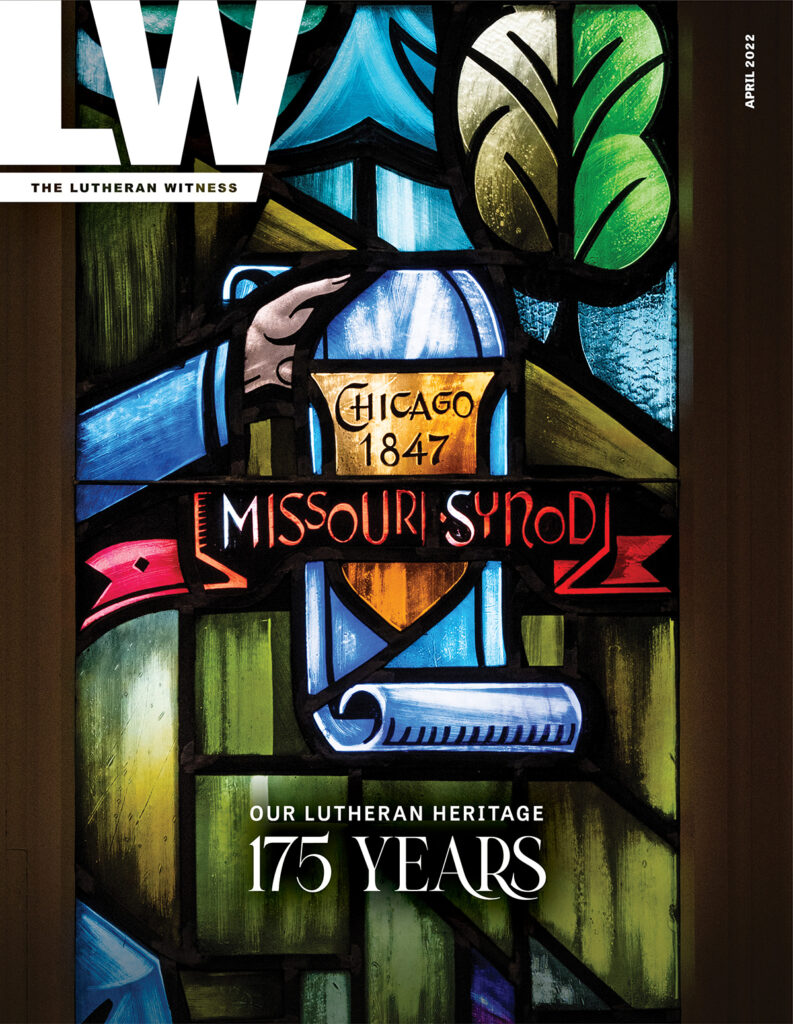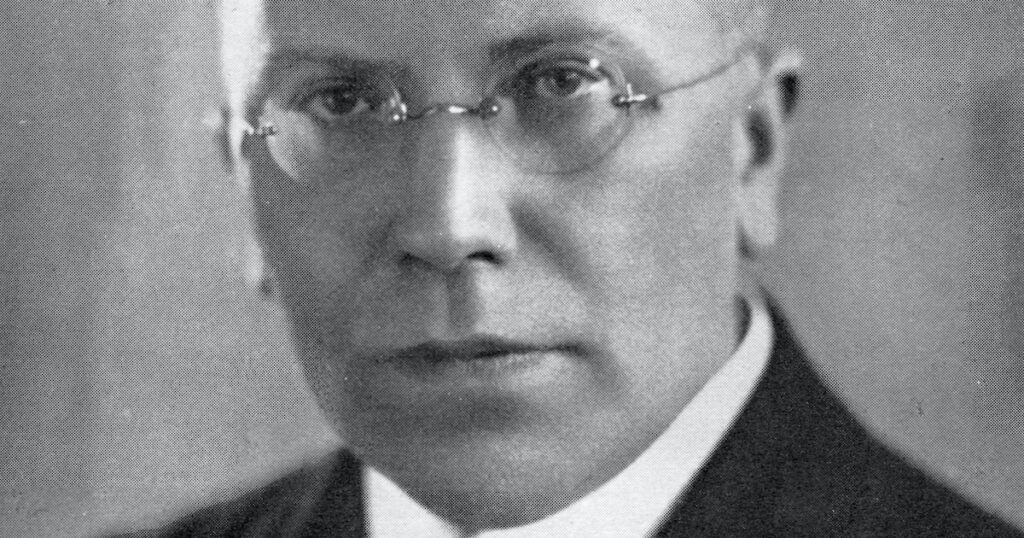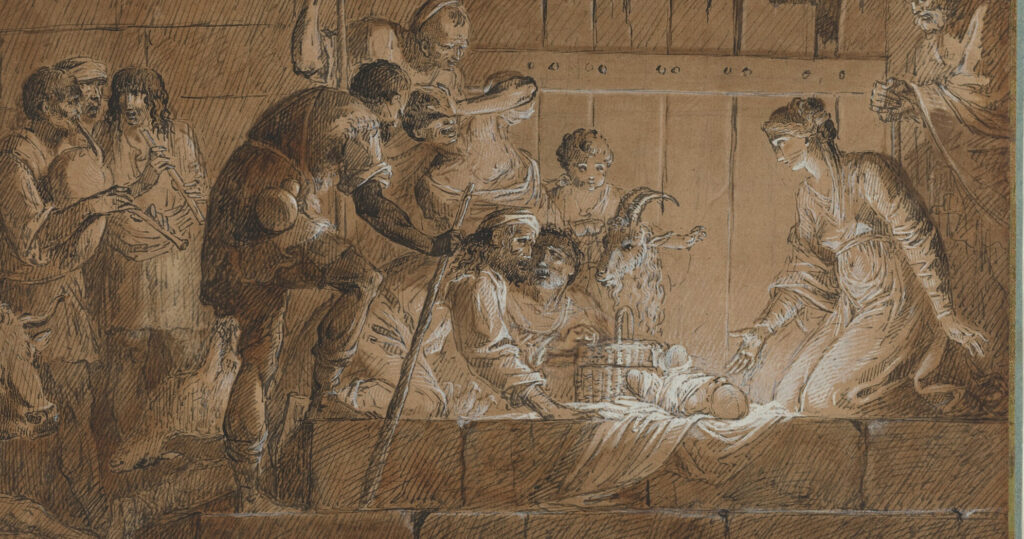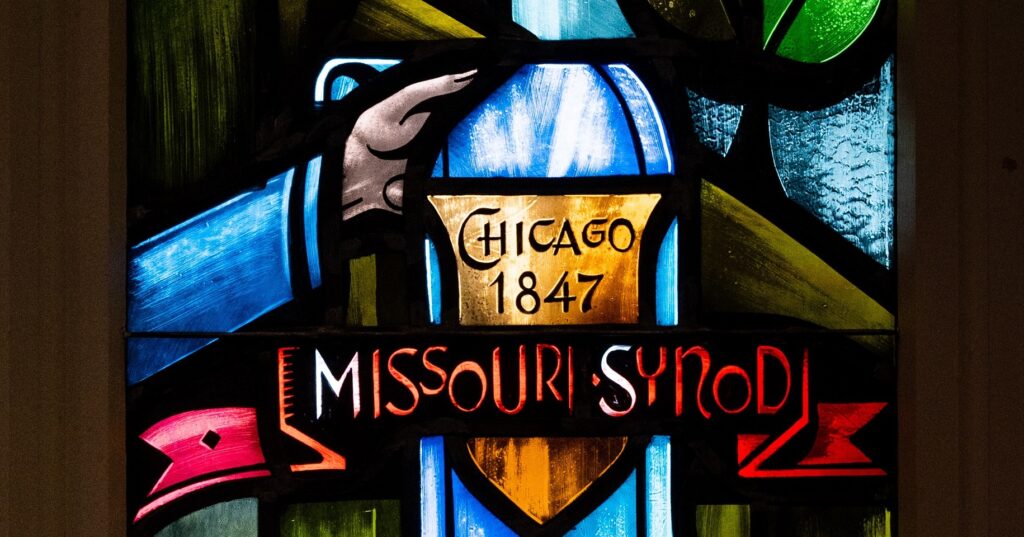Sometime between 1845 and 1846, Chief Bemassikeh of the Chippewa tribe near what became Frankenmuth, Mich., said to the Rev. August Craemer, “Teach my people the truth.” Craemer endeavored to accomplish this call to the best of his ability; he welcomed the Indian children into his home and taught them the basics of the Christian faith, how to read, how to speak English and more. Craemer learned Chippewa so he could speak with Chief Bemassikeh and his people directly. All this he did in the effort to teach the native American tribes the truth of God’s Word.
Teaching and seeking after the truth could summarize the founding of Die Deutsche Evangelisch-Lutherische Synode von Missouri, Ohio und andern Staaten; that is, the church body that became The Lutheran Church—Missouri Synod (LCMS). This year, the LCMS celebrates 175 years of God’s blessing in proclaiming, preaching and teaching the truth. While 175 years is not the most momentous anniversary to celebrate, I am inclined to believe that a reminder, every quarter century, of our roots is not a bad thing.
A quarter of a century means that we have a new generation (or two) of members reading The Lutheran Witness. We have a new generation growing into leadership roles and responsibilities in LCMS congregations. We have a new generation of pastors in our seminaries and deaconesses and teachers in our universities.
In this issue, the Rev. Dr. Lawrence R. Rast Jr., president of Concordia Theological Seminary, Fort Wayne, opens the conversation with a discussion of how the LCMS came to be. When the German immigrants who later formed the LCMS arrived, 30 synods already existed; why form another one, he asks. And why do we still have a Synod today? His answer to this question will inform the decisions we make today.
It is also helpful for each generation to learn that the LCMS is not the first — and will not be the last — faithful church body. In “It’s His Church After All,” we tell the story of a 250-year-old congregation, one that preceded the LCMS by 75 years. Their history, filled with stories of preaching, teaching and planting, reminds us that the Christian church existed before the LCMS and will continue long after it, pending our Lord’s return. Come quickly, Lord Jesus!
Finally, President Rast notes that 14 congregations sent representatives to the founding convention of the LCMS in Chicago on April 26, 1847. Of those 14, 12 remain active congregations in the LCMS today. We embarked on a journey to learn more about these churches and why they exist. We interviewed many of the pastors and members, archivists and historians to gather the stories and highlights from the last 175 years that illuminate the history and life of these congregations.
I, personally, enjoyed this journey. I learned how our Lord preserved the Lutheran faith in America through an assemblage of Germans immigrating to the U.S. in the mid-19th century. I hope you read and enjoy both the stories of these unique people and this small glimpse of God’s working in this relatively minor period of 175 years to preserve His church in the faith once delivered to the saints.
Celebrating in Christ,
Roy S. Askins
Managing Editor, The Lutheran Witness

PLEASE VISIT lcms.org/175 to learn more about the LCMS’ 175th-anniversary celebrations. Over the next six months, we will post stories focused on each of the remaining 12 charter congregations of the LCMS.


